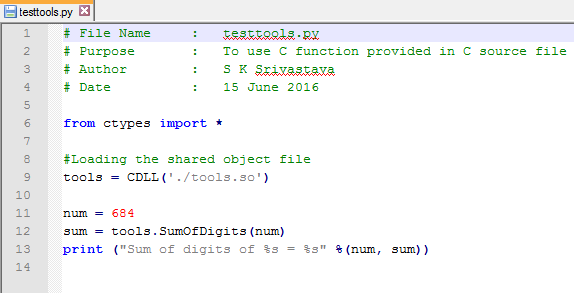
The Ignore case checkbox indicates whether keywords in files of the custom format are case-sensitive. Keywords of each list will be highlighted differently in the editor and will be auto-completed. In the Keywords section, you can specify up to four lists of keywords. Support paired braces, Support paired brackets, Support paired parens, Support string escapes: select these checkboxes to highlight paired braces, brackets, parentheses, and string escapes. A postfix is a trailing string of characters (for example, e-3, kg). Number postfixes: specify characters that indicate which numeric system or unit is used. Hex prefix: specify characters that indicate that the subsequent value is a hexadecimal number (for example, 0x). Only at line start: characters that indicate the beginning of a line comment are recognized as a comment if they are located in the beginning of a line.īlock comment start, Block comment end: specify characters that indicate the beginning and the end of a block comment. Line comment: specify characters that indicate the beginning of a single-line comment. In the Syntax Highlighting section, configure case sensitivity, brace matching settings, and specify ways of defining comments: In the Recognized File Types section, click, specify the name of the new type, and provide a description. Press Ctrl+Alt+S to open the IDE settings and select Editor | File Types. If you work on a language that is not supported by default and there are no plugins for it, you can configure a simple language service for files associated with this language - you will enjoy syntax highlighting for keywords, comments, and braces and have some basic editor helpers such as adding line/block comments with Ctrl+// Ctrl+Shift+/ and extending/shrinking selection according to the structure with Ctrl+W/ Ctrl+Shift+W.

If the filename doesn't match any of the patterns registered for file types, you can associate the filename pattern with a specific file type.Īpart from that, you can make P圜harm the default application for opening specific file types from the file manager on your operating system. When you open a file in the editor, P圜harm chooses the file type and the corresponding language service according to the filename pattern.

If you are working on a language that is not supported in P圜harm by default, there might be plugins supporting that language depending on the P圜harm edition. The default list of file types covers all relevant filename patterns, but you can add new file types for your custom language files and change the associated filename patterns for existing file types.
#Python file extension code#
For language-specific features (such as syntax highlighting and code analysis) in files representing different languages and technologies, P圜harm maintains a list of file types, each of which links a language service with one or more filename patterns.


 0 kommentar(er)
0 kommentar(er)
